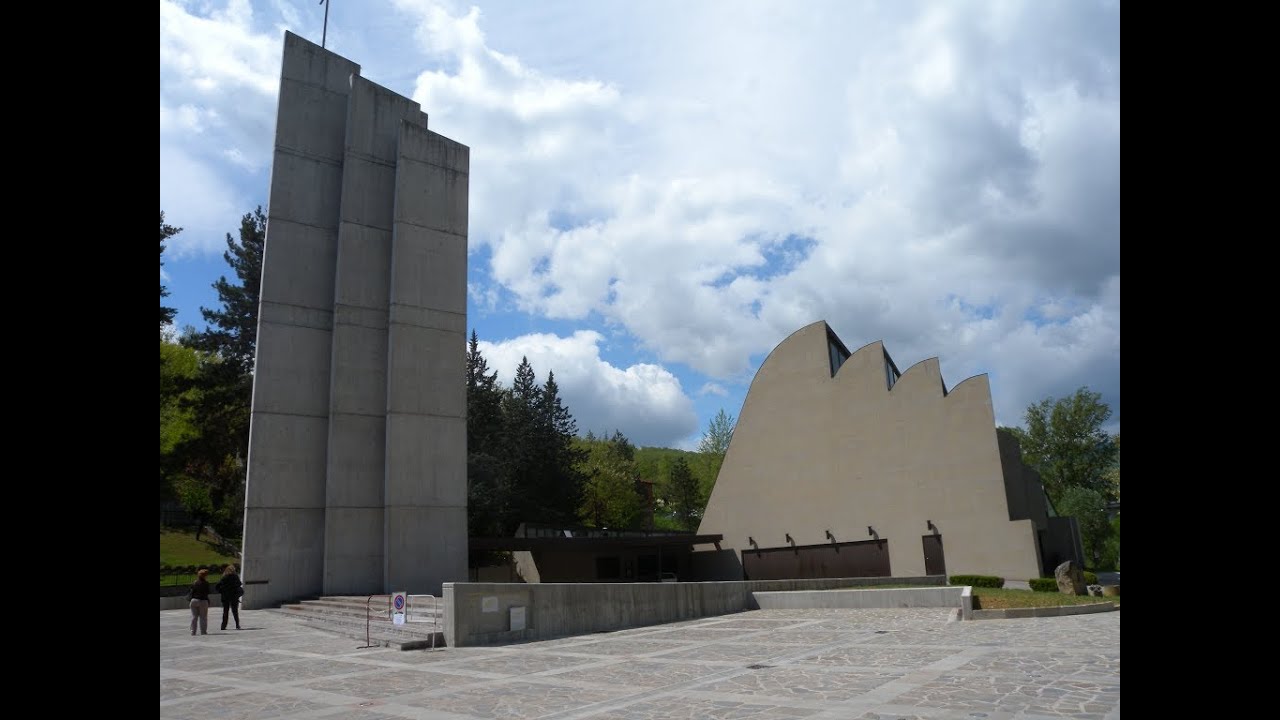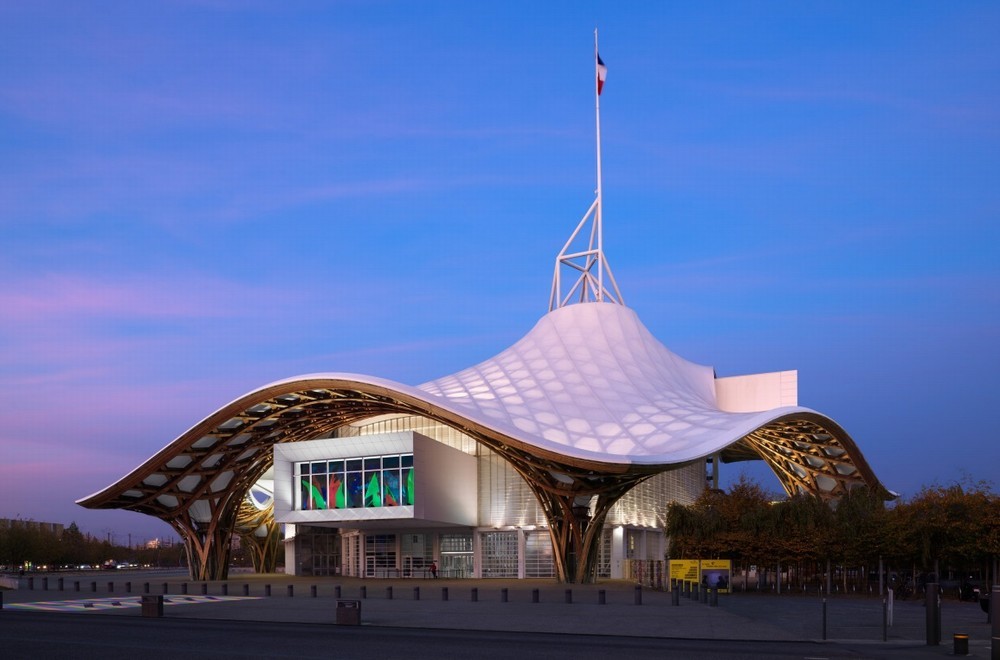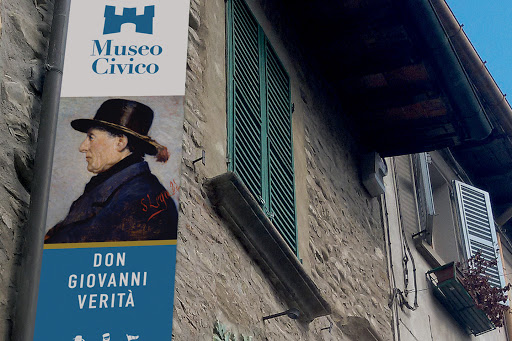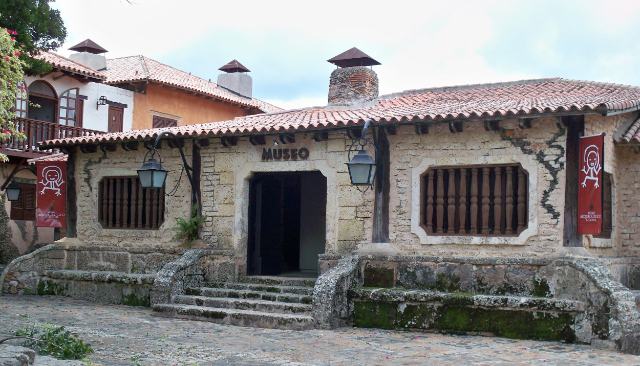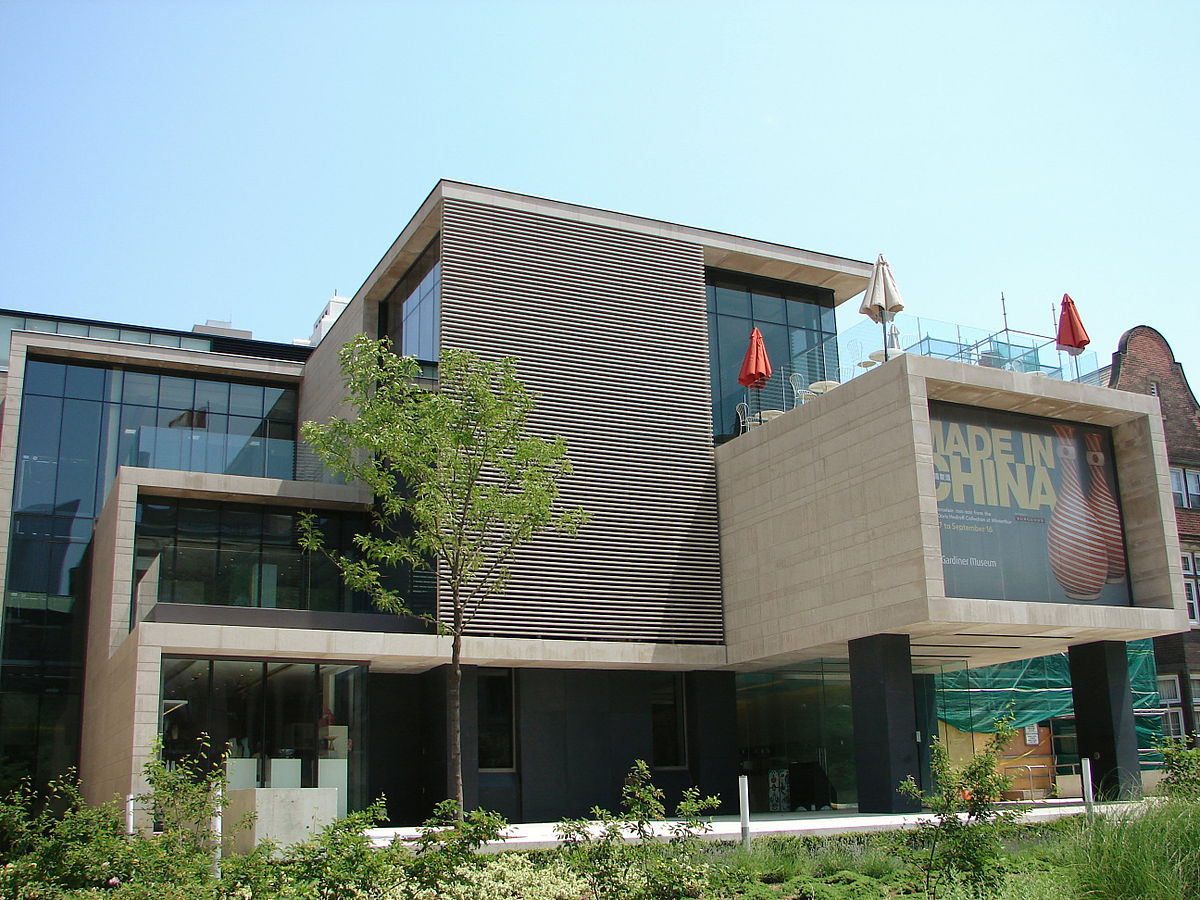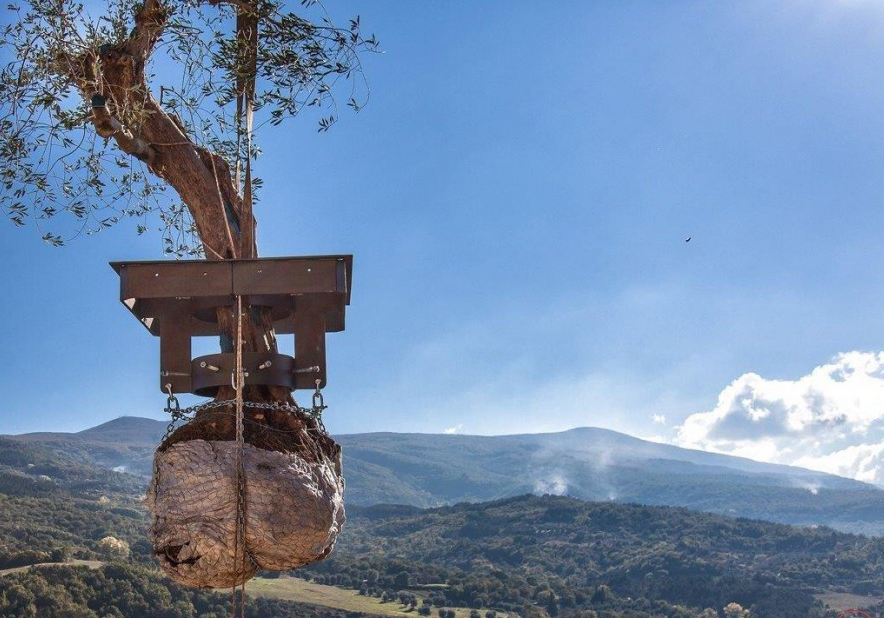In the course of time, great architects of world renown have marked our nation leaving a clear mark in the history of the territory, unfortunately for some time also underestimated, which has encouraged the development and experimentation of architecture and sociality around it. This is the case of the work in Italy of one of the most renowned fathers of modern architecture, Alvar Aalto.
It was November 1965 when Cardinal Giacomo Lercaro entrusted the great Finnish master with the task of creating a Christian place of worship in Riola Vergato, a small town in the province of Bologna. This church has a troubled history, full of ups and downs, economic and political difficulties, which is why a long time elapsed between the entrusting of the task and the beginning of the works (1976).Alvar Aalto designed the entire parish complex according to a viewpoint in which, in Vitruvian terms, attention to the character of the "utilitas" rather than that of the "venustas" and "firmitas" seems to prevail strongly: the Finnish architect designed the entire complex with the aim of fulfilling the necessary primary functions of the church in mind, without becoming unnecessarily entangled in the search for a redundant and sophisticated style. The result is an architecture that is formally simple, essential, with clean, soft and sinuous lines. The church of Santa Maria Assunta, although located in Italy, fully embodies Alvar Aalto’s modus operandi, stylistic aspects, vision and way of understanding architecture. The predominance of sinuous and dynamic forms that define the facade, as well as the minimal interior decoration, recall the classic and timeless topos of nature and man’s symbiotic relationship with it, totally relevant to the master. Aalto becomes, also in Italy, the creator of an architecture in close relationship with the context in which it is inserted, in fact the work in Riola Vergato perfectly matches the natural environment.
The basic concept, focused on the enhancement of essentiality, is also expressed through a strong and evident polymatericity: materials such as reinforced concrete, natural stone cladding from local quarries, marble and wood are alternated.
